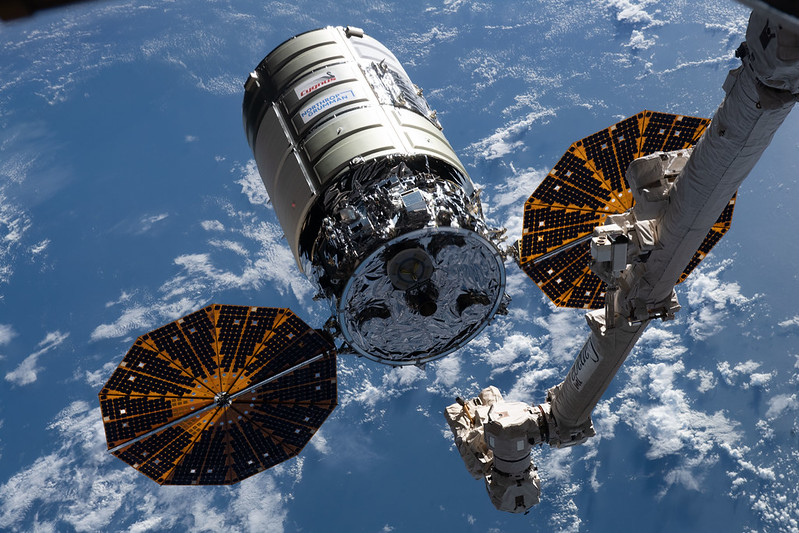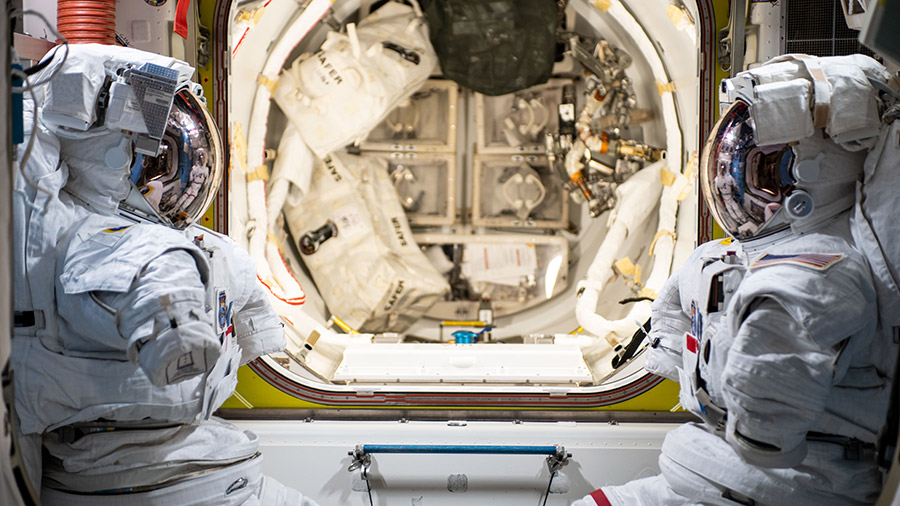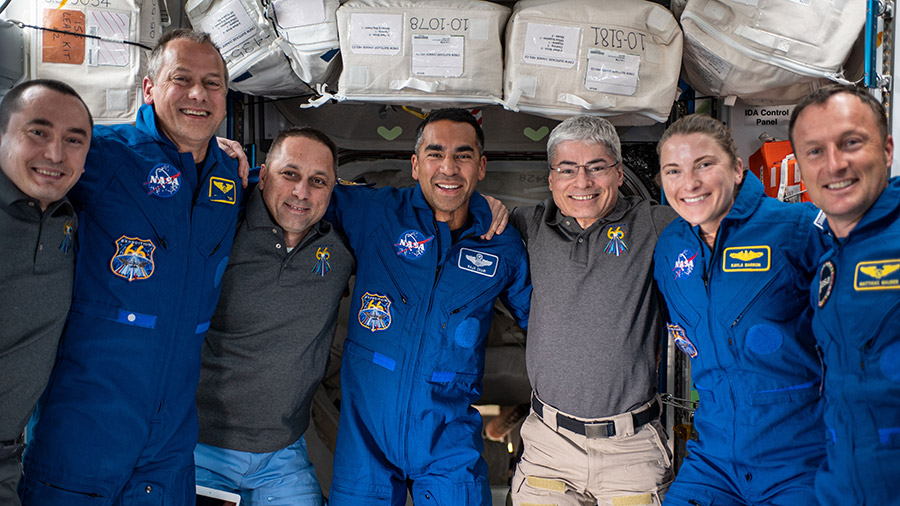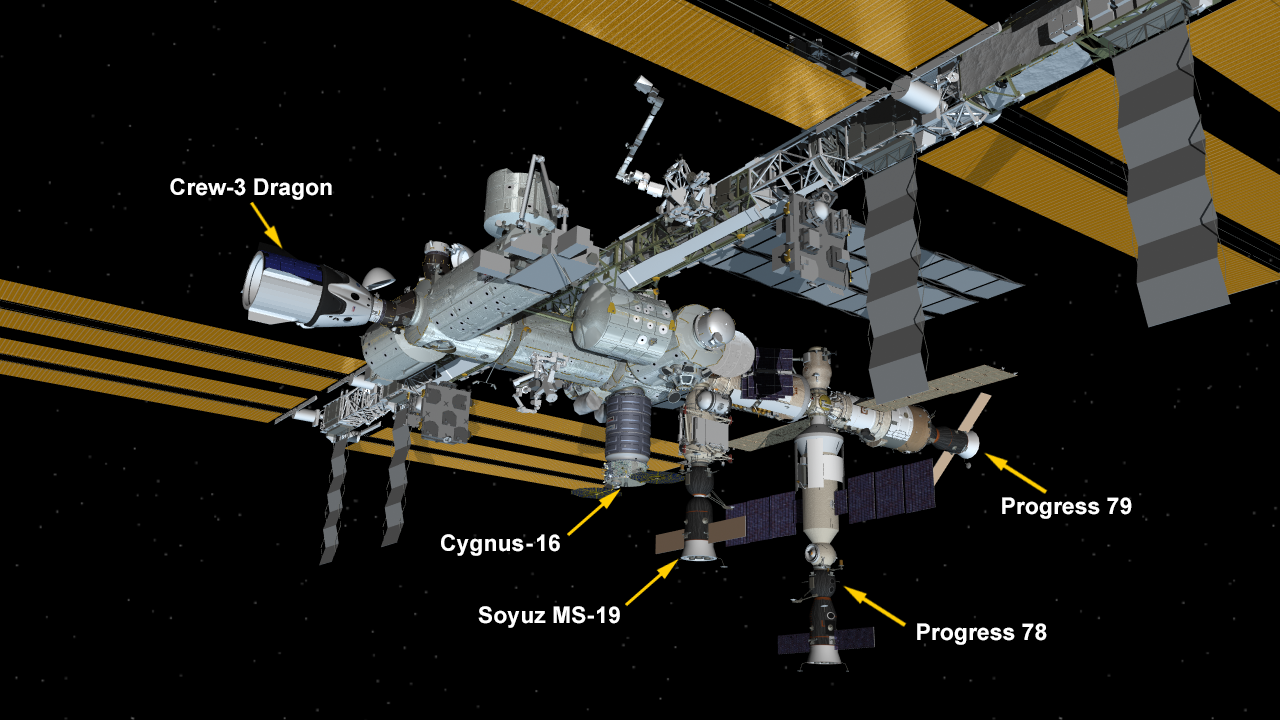
At 11:01 a.m. EST, flight controllers on the ground sent commands to release the Northrop Grumman Cygnus spacecraft from the Canadarm2 robotic arm after earlier detaching Cygnus from the Earth-facing port of the Unity module. At the time of release, the station was flying about 260 miles over the South Pacific Ocean.
The Cygnus spacecraft successfully departed the International Space Station more than three months after arriving at the space station to deliver about 8,000 pounds of scientific investigations and supplies to the orbiting laboratory.
After departure, the Kentucky Re-Entry Probe Experiment (KREPE) stowed inside Cygnus will take measurements to demonstrate a thermal protection system for spacecraft and their contents during re-entry in Earth’s atmosphere, which can be difficult to replicate in ground simulations.
Cygnus will deorbit on Wednesday, Dec. 15, following a deorbit engine firing to set up a destructive re-entry in which the spacecraft, filled with waste the space station crew packed in the spacecraft, will burn up in Earth’s atmosphere.
Cygnus arrived at the space station Aug. 12, following a launch two days prior on Northrop Grumman’s Antares rocket from NASA’s Wallops Flight Facility on Wallops Island, Virginia. It was the company’s 16th commercial resupply services mission to the space station for NASA. Northrop Grumman named the spacecraft after NASA astronaut Ellison Onizuka, the first Asian American astronaut.
For departure coverage and more information about the mission, visit: https://blogs.nasa.gov/spacestation/. Get space station news, images and features via social media at: @space_station and @ISS_Research on Twitter, as well as the ISS Facebook and ISS Instagram accounts.
Get weekly video highlights at: http://jscfeatures.jsc.nasa.gov/videoupdate/








